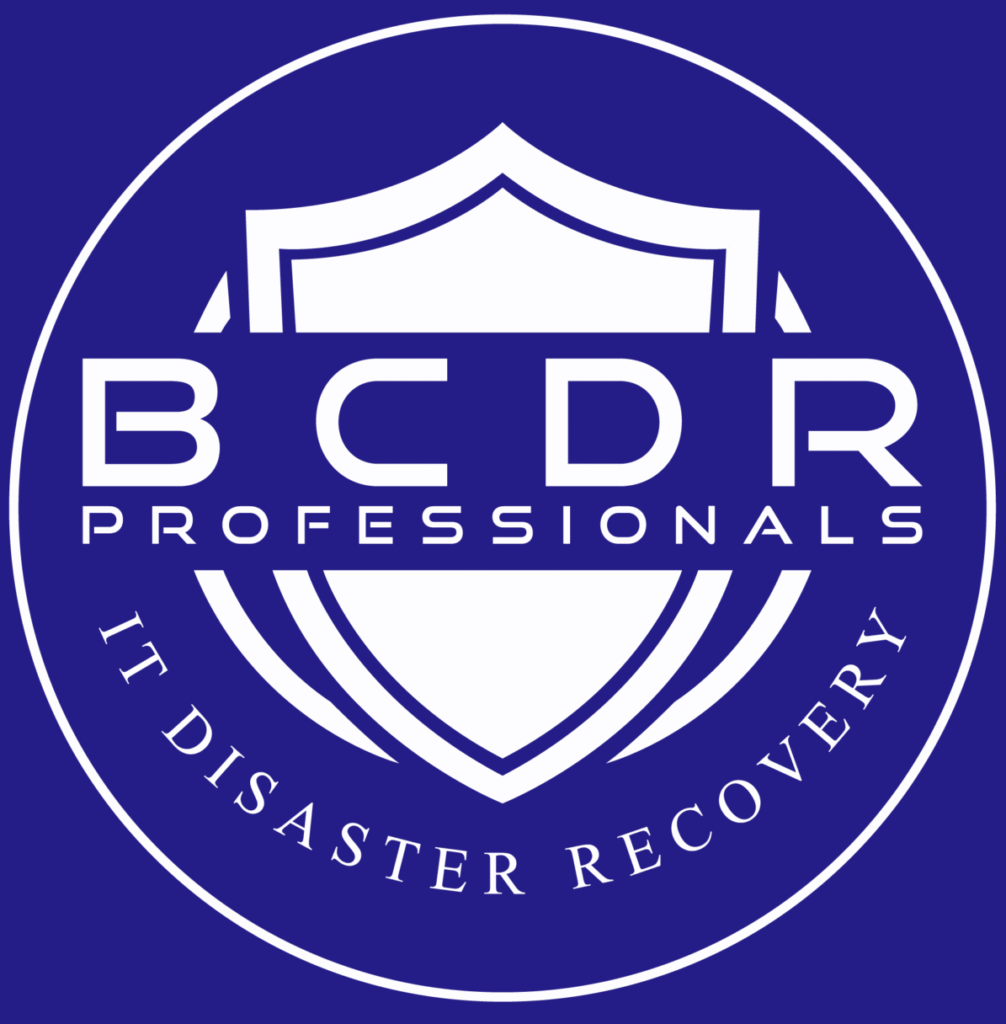Imagine this:
It’s a normal Monday morning. Your eCommerce store is buzzing with orders. Suddenly, servers crash. Payment gateways freeze. Customer support lines jam with complaints.
Your IT team restores backups after six stressful hours. But by then, sales have tanked, customers have churned, and your reputation took a hit.
Now, here’s the catch, you had a backup system (that’s Disaster Recovery), but you didn’t have a plan to keep operations running during that downtime (that’s Business Continuity).
This is exactly where most businesses go wrong.

Both Business Continuity (BCP) and Disaster Recovery (DRP) are vital parts of an organization’s resilience strategy, but they solve different problems.
Business Continuity is the proactive plan that ensures your business can continue running, even during a disruption.
It’s about keeping your critical operations alive when chaos hits.
Think of it as your company’s lifeline.
A solid BCP covers:
Alternative work locations or remote operations
Manual process backups
Communication plans for employees and customers
Supply chain contingencies
🧩 Example:
If your office floods and internet goes down, your business continuity plan should outline how employees keep working remotely and how customers stay informed.
Disaster Recovery focuses on the technical side, restoring IT systems, data, and infrastructure after a disaster.
It’s the reactive component. Once things go wrong, DRP tells you how to bring systems back online quickly and safely.
A DRP usually includes:
Data backup and restoration processes
Recovery Time Objective (RTO) and Recovery Point Objective (RPO) targets
Step-by-step system recovery documentation
Cloud or offsite replication strategies
🧩 Example:
If a cyberattack wipes your database, your DRP ensures backups are restored and systems are secured without permanent data loss.
| Aspect | Business Continuity (BCP) | Disaster Recovery (DRP) |
|---|---|---|
| Focus | Business operations & continuity | IT systems & data recovery |
| Nature | Proactive (prevention) | Reactive (response) |
| Goal | Keep business running during disruption | Restore systems after disruption |
| Owner | Management & operations teams | IT department & technical staff |
| Scope | Includes all departments (HR, supply chain, communications, etc.) | Primarily focuses on IT and infrastructure |
💡 In short:
BCP keeps the business running.
DRP gets the systems running again.
Both are essential, like two halves of one shield protecting your business.
It’s common, even experienced managers mix them up.
Here’s why:
Both are about resilience
Both involve crisis planning
Both aim to minimize losses
But confusion can cost you. A company might invest heavily in data backup tools (DRP) yet have no plan for keeping customer service functional (BCP) during outages.
The result?
Data restored ✅
Operations paralyzed ❌
Think of Business Continuity as the strategy, and Disaster Recovery as the tactics.
You can’t have one without the other.
Scenario:
A mid-sized financial firm in NY faces a ransomware attack.
Their DRP kicks in, data is restored from backups within 4 hours.
But clients couldn’t access services for two days because no alternate operations plan existed.
Impact:
They didn’t lose data, but they lost trust.
This happens because they had a recovery plan, not a continuity plan.
Let’s simplify this: you need a dual-layer approach.
Identify critical assets, processes, and dependencies.
→ What can’t your business survive without for 24 hours?
Define alternative work processes, communication methods, and vendor backups.
→ How will you continue if your main office or server goes offline?
Focus on backup frequency, recovery speed, and test procedures.
→ How fast can your data and systems be restored?
A plan not tested is just paperwork. Run mock drills and tabletop exercises to evaluate response times.
Many SMBs think backups = continuity. But that’s only half true.
When disaster strikes, it’s not just about recovering servers, it’s about keeping promises to customers.
BCP ensures those promises are kept.
DRP ensures you have the systems to do it.
The companies that survive disasters aren’t just lucky, they’re prepared.
They combine Business Continuity (the strategy to stay operational) with Disaster Recovery (the technology to recover fast).
Start by asking:
“If disaster strikes tomorrow — can we keep running and recover fast enough?”
If your answer isn’t a confident yes, it’s time to build both sides of your resilience plan.
